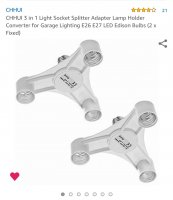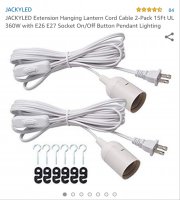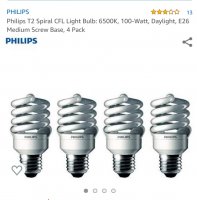gr865
Well-Known Member
One of the best vertical grows I have seen -----excellent set-up !! thanks (be kind of small for 5 plants ? maybe 1 at the most 2 ?
Hey dude, that is a very old post, and that grow failed due too irrigation issues, will never use Blumats again. LOL
My last couple of vert grows were 1.18 and 1.1 G/W, 26.5 and 24.5 zips per grow. Have had a couple of horizontals in between but only one came close to matching the G/W @ 0.89. don't remember the weight right now, somewhere in the 20 zip range. Did have a two plant 15 zip grow that was nice.
Check out my current grow in my signature. Big Buddha Cheese.
Very overgrown because I missed my planned flower date by 2 weeks and they are out of control now, but I will be working on them big time this next week at day 21 of 12/12 to get them back under control.





